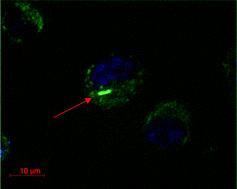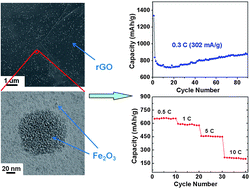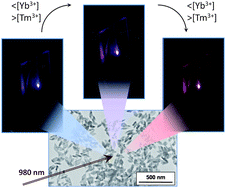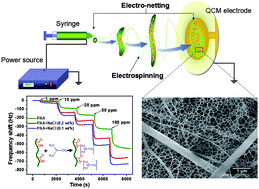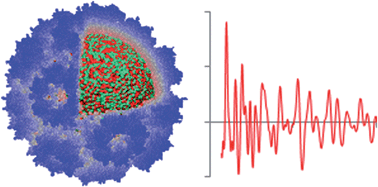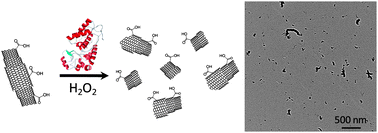Nanoscale Communication, just published
Antonello Di Crescenzo, Diana Velluto, Jeffrey A. Hubbell and Antonella Fontana
Nanoscale, 2011, DOI: 10.1039/C0NR00444H
In this communication, Di Crescenzo and coworkers present their work on the use of multi-walled carbon nanotubes for intracellular drug delivery. Although the nanotubes are intrinsically hydrophobic, coating them with the diblock copolymer poly (ethylene glycol-b-propylene sulfide) (PEG44PPS20) at once bestows water solubility and biocompatibility on the nanotubes. The experiments carried out by this team were designed to assess the capability of these coated nanotubes to assist and direct delivery of the anticancer drug doxorubicin into cancer cells by acting as a drug-delivery vehicle. The authors demonstrate that the coated nanotubes can be loaded with a finely tuned amount of the drug, and delivered into cells where they exhibit enhanced cytotoxicity compared to both doxorubicin alone and doxorubicin-loaded copolymer micelles.
Philip Howes
Read the article now


